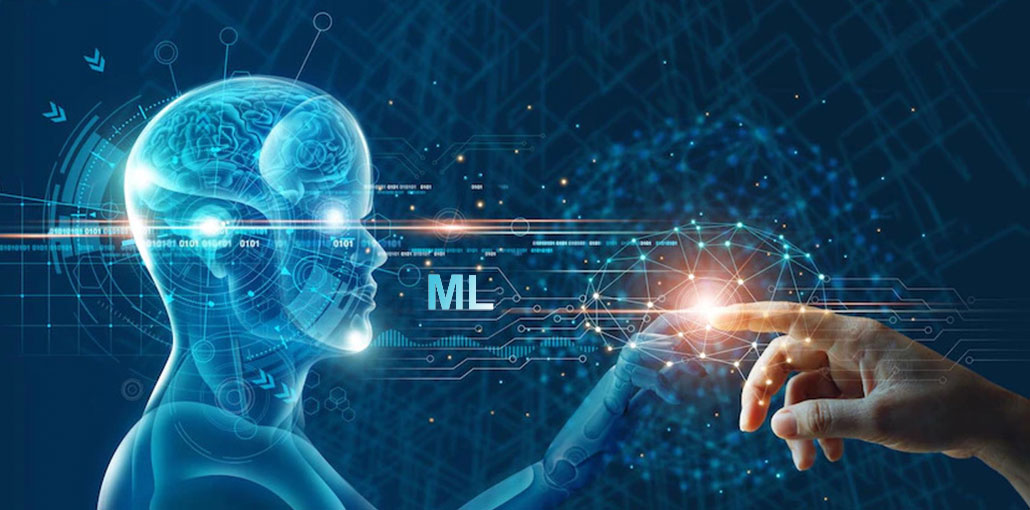A rapid response is essential for a high-priority incident involving an application. Site Reliability Engineer (SRE) is a painful and often deadly fire drill for developers. a DevOps professional who is responsible for an app. Not only is it difficult to abandon everything, but there’s also the added stress of resolving the problem quickly, knowing that revenue could be at risk and customers may be at stake. These problems or outages always seem to happen at odd hours. This creates a virtual “elapsed-time clock” that takes time for resolution (MTTR) and adds even more pressure.
The Quick Fixes and Temporary Band-Aid Solutions
First, you need to find a solution or workaround that will reduce the user’s impact. Without identifying the root cause, a workaround is not always possible. Even if a solution is possible it is a temporary”band-aid” solution, Because it is impossible to fully remediate a problem until the root cause of the problem has been identified, and then a permanent solution has been implemented.
Band-aids are usually temporary and may be used again for the same or related problem. A system that slows down periodically is the simplest example. The solution is to restart the system this is a variation of the Windows “CTL-ALT–DEL” fix. The system is fully functional after the “fix”, The problem will most likely recur at an inconvenient moment. A large part of improving overall MTTR is finding ways to reduce “time to root cause”.
The Burden of the Rules-Based Approach
A key factor in incident management is reducing the amount of work involved in creating and maintaining alert rules. In simpler software stacks, alert rules were easier to use and were updated more slowly. Alert rules allowed for future occurrences of known problems to be detected automatically and potentially even remediated through customized run books. Relying on alerts has become harder as software stacks become more complex and horizontal. Software change has also accelerated at an alarming rate.
It is difficult to create rules that can help you identify problems in a software stack with an ever-growing number of failure modes. Second, the constant maintenance burden of updating and testing these rules in light of software changes is another. This rule system is complex to build and maintain and can divert technical teams from more important tasks. Most teams use very basic rules to catch the most severe or most serious symptoms, but not the cause (a method called black box monitoring by Google).
Also read: How to Build AI Powers Modern Product Lifecycle Management
Automated Root Cause Analysis
Instead of relying on a rules-based approach, Organizations are shifting toward automated root cause analysis. These human-driven processes can be redesigned by machine learning technologies that quickly and efficiently find the root cause of software issues. This will dramatically reduce the time required to fix them. This saves software engineers and SREs hours of digging through logs and millions upon logs to find the root cause.
As a general troubleshooting workflow, metrics tell you when if something goes wrong, logs and traces can help you pinpoint the problem, while logs will help you understand why. Machine learning-based automated root cause analysis (machine learning) systems can use logs to deal with the volume, diversity, and free-form nature. Machine learning is also able to correlate the abnormalities discovered.
How Machine Learning can speed up the process
While some professionals are more adept than others at finding root causes without the use of machine learning, it is not always possible for all organizations. This can be a time-consuming process. Engineers with years of experience have the ability to spot unusual events in logs and associate them with warnings or errors. It is often still a quest to find the unknown.
1. Operating in Real-Time
Machine learning is faster and more comprehensive than human eyes when it comes to identifying anomalous patterns when dealing with large volumes of data) It can detect abnormal correlations between rare events and errors in real-time and create RCA dialogues using the data. Machine learning techniques such as NLP can even summarise a problem in plain language using models that were trained against technical details in the public domain.
2. Ongoing Analysis
A system for root cause analysis is not only useful in resolving problems but can also be used to prevent them from happening. An organization can set up a series of conditions or signals to trigger machine learning-generated reports. These signals can be generated by monitoring tools that can detect actual incidents or symptoms. For example, some teams might monitor for spikes in error frequency to identify problems. Machine learning could be activated by a simple alert to look at logs to find unusual events or sequences that might explain the spike in errors. These root cause sequences can be identified by machine learning.
So that they don’t happen again, you have a pre-built rule which can be connected to an alert channel. The automated machine learning approach is faster than manual maintenance of rules. Technical teams don’t have to invest time in it. Machine learning can also handle complex alert rules. This allows for a more efficient way to avoid the monotony of testing and tweaking regular expressions (regexes), in order to keep up with changing log formats.
Also read: How to Use Curriculum Learning to Build a Robust ML Model
3. Recognizing Incidents early or even before they Happen
Machine learning is able to detect silent bugs that are not yet manifested and notify the team before they cause major problems in production. In the past, new releases were rigorously tested before being released to production. These stress- and usage tests can potentially uncover issues before they become problems in production. Nowadays, it is difficult to conduct extensive testing due to the speed of deployment. Although “testing in production” is the new trend, it has its limitations.
By proactively using machine learning to surface correlated errors and anomalous event patterns. Machine learning can detect subtle or dormant bugs before they have a serious or widespread impact on users. Our team discovered a bug in a middleware SQL query. This could have prevented users from completing the intended workflow. The ML detected it and sent an alert.
Machine Learning is a game-changer in the Incident Management Lifecycle
Machine learning is a great tool for incident management. Software applications are increasingly used by more people. This means that the need to reduce MTTR and stress associated with troubleshooting incidents under extreme pressure increases. These pressures can be countered by machine learning. It can eliminate a significant amount of disruptions and fire drills, allowing for better and faster development work. Additionally, it allows proactive ability to prevent or minimize problems from affecting customers or businesses. A game-changing development project should be accompanied by a life cycle of incident management.










Leave a comment